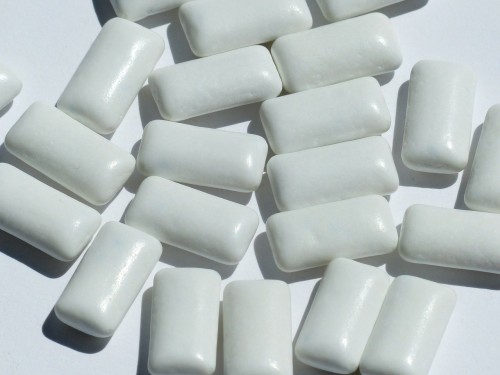Who Invented Chewing Gum?
Where and how did the chewing gum first appear, which most people, from seven to seventy, sometimes chew because they enjoy the taste and sometimes they enjoy blowing it up like a balloon? Let's go back to the past and try to find the answers to these questions.

Chewing gum is one of the oldest habits in the world. The ancient Greeks chewed a substance called mastika, the resin of the gum tree (Pistacia lentiscus) to clean their teeth and freshen their breath. The Mayans and Aztecs, on the other hand, used to cook and dry the resin obtained from the tree known as Manilkara zapota or Sapodilla to make a kind of gum they called "chicle". It is known that the Indians chewed the resin of the spruce tree. On the other hand, archaeological research shows that resin obtained from birch trees was chewed 9,000 years ago in Scandinavia. However, the production of industrial gums that we chew and are sold almost everywhere dates back to the 1800s.
Details
Although chewing gum (gum) is a food commonly consumed by Americans, the first records of chewing gum date back to prehistory and Europe. In ancient Greece, people chewed mastic from the mastic tree. The ancient Mayans, on the other hand, preferred to chew a resin obtained from the sapodilla tree and used to make gum. The Indians, on the other hand, chewed the resin obtained from the spruce tree, and the American John Curtis produced this gum, which he called "spruce gum", which he offered for sale in 1848, from this material. As time passed, spruce gum gave way to gum made from paraffin wax. Again in 1848, Curtis sweetened this gum and offered it for sale.
The discovery of chewing gum, which is consumed today, was partly accidental. Mexican general Antonio Lopez de Santa Anna was in search of an alternative to rubber to be used in production and reached out to American Inventor Thomas Adams and asked if a resin used in chewing gum could be used. Adams worked on this resin, but his work did not yield any results. Thereupon, Adams focused on producing bubble gum with sweeteners and different flavors by using this resin again. Around the same time, William J. White added corn syrup and peppermint to chewing gum, creating one of the most popular chewing gums today. In 1891, William Wrigley Jr. founded his own gum industry, and in the years since then, Wrigley's has grown to become the largest chewing gum manufacturer in the United States. Wrigley, II. His popularity skyrocketed when he donated chewing gum to the military during World War II to relieve American soldiers.
Fleer Brothers, who experimented on sweet materials, named the chewable product they created with the chicle extracts they brought from Mexico in 1906. Walter Diemer perfected the recipe for the chewing gum, which, due to some manufacturing faults, was sticky and never sold, and in 1928 produced a more flexible and less sticky chewing gum than other chewing gums.
Doctor Petrulis thought that the gum was beneficial for the teeth, but the sugar in it was harmful and produced the first sugar-free gum in 1950.
